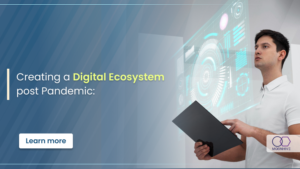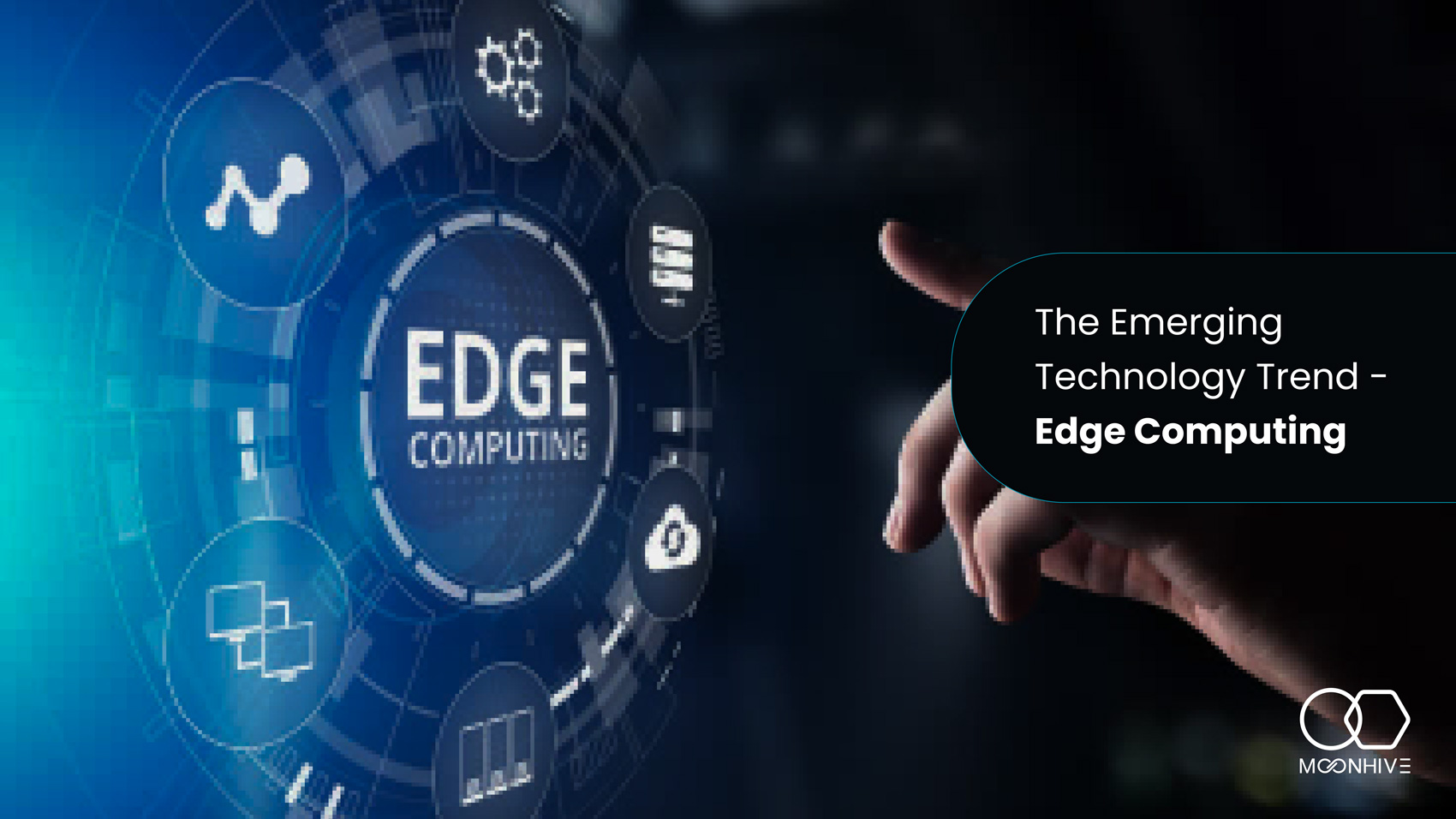Sustainability in IT: Strategies for Eco-Friendly Business Operations

Data Analytics for Decision-Makers: Harnessing Insights for Growth

Why You Need an App for Your Business in 2024


I was inquiring about the current trends in technology and innovations on my Alexa Echo device. Having some fruitful conversations suddenly my Echo’s answers came dragged. Then I realized I had some connectivity issues but my belief was bandwidth, latency and stuff will not affect my echo girl. So my next quest was whether there was a way out to confront this delay or should I leave my cozy chair and sit and chat in a place where I had high connectivity. And that quest made me reach near “Edge” computing.
Most of the companies have migrated to cloud computing. Large companies rely on providers like Amazon, Microsoft, Google, and IBM for infrastructure, hosting, machine learning, etc. Extensive usage has reduced the space in the cloud and whatever is left is at the “edge.”
“Edge” means geographic distribution. It means storing and processing data closer to the user and applications that consume it. Edge computing is done at or near the source of the data.
Let’s check out the significance of Edge computing in our everyday lives.
Edge computing confronts the problems of Latency, Bandwidth and Privacy.
Latency
Taking time to respond is latency.
For example, if you ask Alexa about today’s weather, it will reply speedily but still takes time which might be troublesome for some applications.
Bandwidth
The response time that Alexa takes for your inquiry is the bandwidth.
In technical terms, it is the quantity of data you can send in a given length of time. The problem arises when people from low connectivity areas don’t have access to that amount of bandwidth.
For example is an online education, where children are unable to attend the zoom meet due to poor connectivity.
Privacy Concerns
The cloud servers can be hacked at any time, and data may get released to the public. A better way would be to run a computation on your mobile device or laptop while being connected to the cloud to send and receive updates.
Edge computing allows computations on the data locally and sends updates to a cloud server that’s happening in most mobile devices. An example is Apple ‘Siri. It recognizes your voice and doesn’t send those voice recordings back to the Apple cloud server. Instead, it is transmitted to the cloud model to merge with it.
Edge computing architecture is mainly applied on smart IoTs and in various industries. It produces high and improved performance, security, and productivity for enterprises.
Self-driving vehicles
This technology replaces human drivers. The cars must have the capacity to respond to a real-road accident. Usually, it takes 100 milliseconds for data transmission between vehicle sensors and back-end cloud data centers. When it comes to driving decisions, this delay can bring harsh consequences to the reaction of self-driving engines.
The advent of new technologies such as 5G connectivity and Artificial Intelligence are paving the way for edge computing. 5G helps to deploy computation capabilities closer to the network edge, for greater data processing and maintaining high-speed data transmission between vehicles and communication towers. AI allows cars to react faster than humans in response to traffic flows.
Voice Assistance
Voice assistants like Amazon Echo, Apple Siri, Google Homes, etc. are some of the fastest-growing consumer technology segments that require AI processing and low response time to deliver effective interactions with the end-user. This technology needs more computational processes and data transmission speed. In order to confront these challenges vendors are enhancing their AI capabilities and deploying the technology closer to the edge.
With Edge computing making applications faster and more reliable, it is maturing as the future of innovations.



